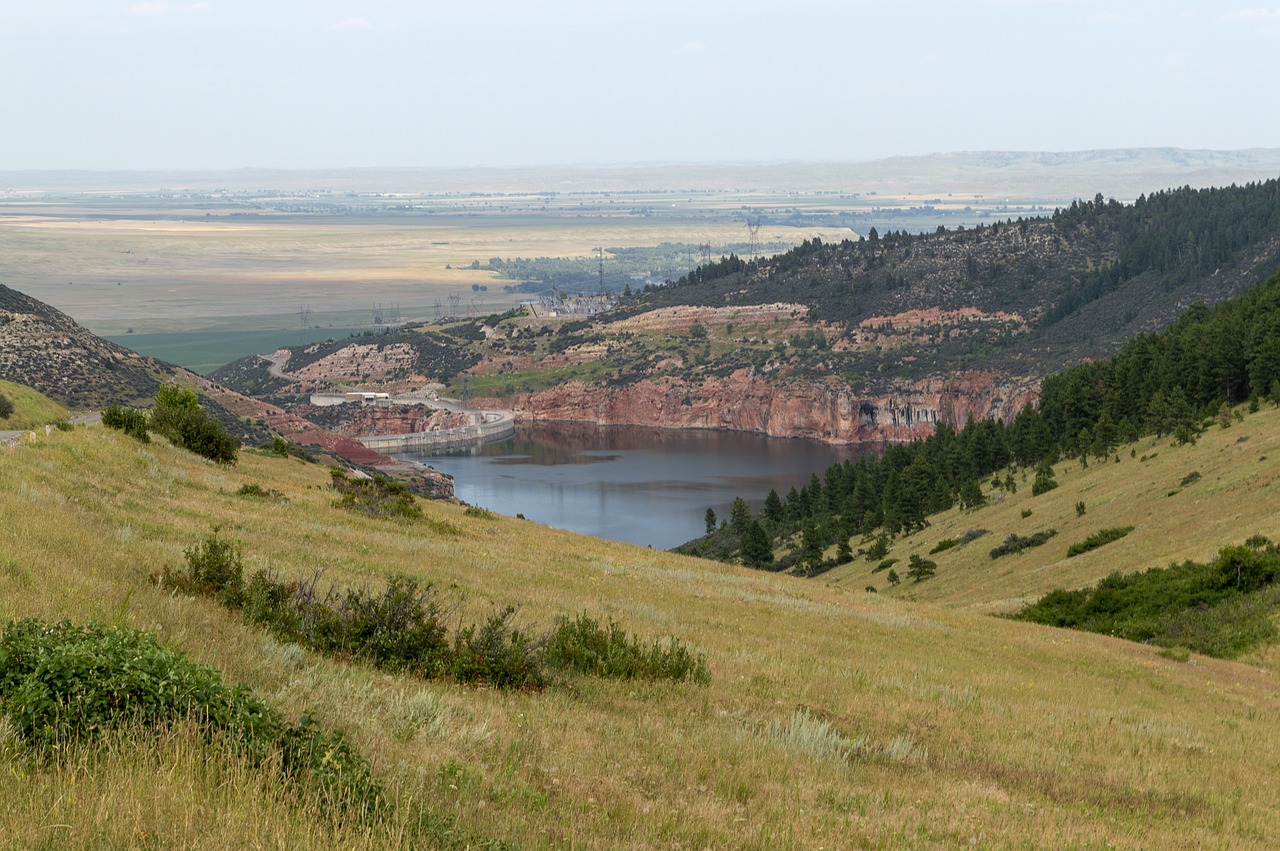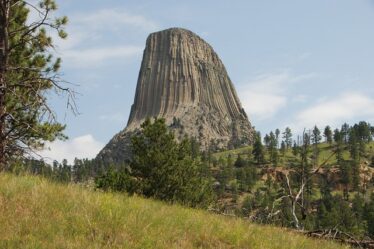
Bighorn Canyon National Recreation Area is a hidden gem in the United States, offering stunning landscapes, rich history, and a wide range of outdoor activities. Spanning over 120,000 acres across Montana and Wyoming, this diverse area features deep canyons, towering cliffs, and the winding Bighorn River. This guide will provide a detailed look at what makes Bighorn Canyon National Recreation Area a must-visit destination, highlighting its natural wonders, recreational opportunities, and practical tips for travelers.
A Brief History of Bighorn Canyon
Bighorn Canyon has a long history that dates back thousands of years. The Crow and other Native American tribes originally inhabited the area, relying on the Bighorn River for sustenance. European explorers and settlers arrived in the 19th century, bringing significant changes to the region. The construction of the Yellowtail Dam in the 1960s created Bighorn Lake, transforming the area into a recreation hotspot while preserving its natural beauty.
Natural Wonders
Bighorn Canyon
The centerpiece of the recreation area is Bighorn Canyon itself, a breathtaking chasm carved by the Bighorn River. The canyon features towering limestone cliffs that rise up to 1,000 feet above the river, creating a dramatic and picturesque landscape. The colors of the canyon walls change with the light, offering stunning views throughout the day.
Bighorn Lake
Bighorn Lake, formed by the Yellowtail Dam, stretches for 71 miles through the canyon. The lake provides opportunities for boating, fishing, and water-based recreation, with its clear waters reflecting the surrounding cliffs and mountains. The lake’s remote and tranquil environment makes it a perfect spot for relaxing and enjoying nature.
Pryor Mountain Wild Horse Range
Adjacent to Bighorn Canyon is the Pryor Mountain Wild Horse Range, home to a unique herd of wild horses. These horses are believed to be descendants of Spanish mustangs, and their presence adds a fascinating element to the area’s natural history. Visitors can observe these beautiful animals in their natural habitat, roaming freely across the rugged landscape.
Recreational Activities
Boating and Fishing
Bighorn Lake is a haven for boating enthusiasts, offering calm waters and scenic surroundings. Visitors can explore the lake by motorboat, kayak, or canoe, discovering hidden coves and secluded beaches. Fishing is also popular, with the lake and river teeming with trout, walleye, catfish, and other species. Anglers can enjoy both shore and boat fishing, with several boat ramps and fishing access points available.
Hiking and Wildlife Viewing
The recreation area features numerous hiking trails that showcase the diverse landscapes and abundant wildlife of Bighorn Canyon. Popular trails include:
- Horseshoe Bend Trail: A 2.5-mile loop offering panoramic views of Bighorn Lake and the surrounding cliffs.
- Devil Canyon Overlook Trail: A short trail leading to a stunning overlook with views of the canyon and the winding river below.
- Medicine Creek Trail: A moderate hike through a lush creek valley, providing opportunities to spot wildlife and enjoy the area’s natural beauty.
Wildlife viewing is a highlight of any visit to Bighorn Canyon, with the chance to see bighorn sheep, deer, elk, and a variety of bird species. The Pryor Mountain Wild Horse Range is a must-visit for those interested in observing the iconic wild horses.
Camping and Picnicking
Several campgrounds within the recreation area offer a range of camping experiences, from developed sites with amenities to more primitive and secluded spots. Popular campgrounds include:
- Horseshoe Bend Campground: Located near the lake, offering tent and RV sites, as well as access to boating and fishing.
- Afterbay Campground: Situated below the Yellowtail Dam, providing easy access to fishing and hiking trails.
Picnic areas are scattered throughout the park, with tables, grills, and scenic views, making it easy to enjoy a meal amidst the natural beauty.
Cultural and Historical Sites
Yellowtail Dam Visitor Center
The Yellowtail Dam Visitor Center provides an excellent introduction to the history and significance of the dam and the surrounding area. Exhibits cover the construction of the dam, the geology of the canyon, and the cultural history of the region. The center also offers guided tours of the dam, providing a fascinating behind-the-scenes look at this impressive engineering feat.
Historic Ranches
Bighorn Canyon is home to several historic ranches that offer a glimpse into the area’s past. The Mason-Lovell Ranch and the Ewing-Snell Ranch are well-preserved examples of early 20th-century ranching operations, featuring original buildings and artifacts. Visitors can explore these sites and learn about the challenges and lifestyles of the ranchers who once called this rugged landscape home.
Practical Travel Tips
Getting There
Bighorn Canyon National Recreation Area is accessible by car, with main entrances located near Lovell, Wyoming, and Fort Smith, Montana. The area is approximately a two-hour drive from Billings, Montana, and a three-hour drive from Cody, Wyoming. Both entrances provide access to visitor centers, campgrounds, and key attractions.
Best Time to Visit
The best time to visit Bighorn Canyon is during the spring and fall when the weather is mild, and the landscapes are particularly beautiful. Summer is also a popular time for water-based activities, but temperatures can be high, especially in the canyon. Winter offers a unique and quieter experience, with opportunities for snowshoeing and winter wildlife viewing.
Visitor Centers
The recreation area has two main visitor centers: the Yellowtail Dam Visitor Center near Fort Smith and the Bighorn Canyon Visitor Center near Lovell. Both centers provide information, maps, exhibits, and educational programs, helping visitors make the most of their trip.
Conclusion
Bighorn Canyon National Recreation Area is a destination that offers a perfect blend of natural beauty, outdoor adventure, and cultural history. Whether you’re boating on the serene waters of Bighorn Lake, hiking through rugged canyons, or observing the wild horses of Pryor Mountain, this remarkable area provides endless opportunities for exploration and enjoyment. Plan your visit to Bighorn Canyon and discover the many wonders of this hidden gem in the American West.


